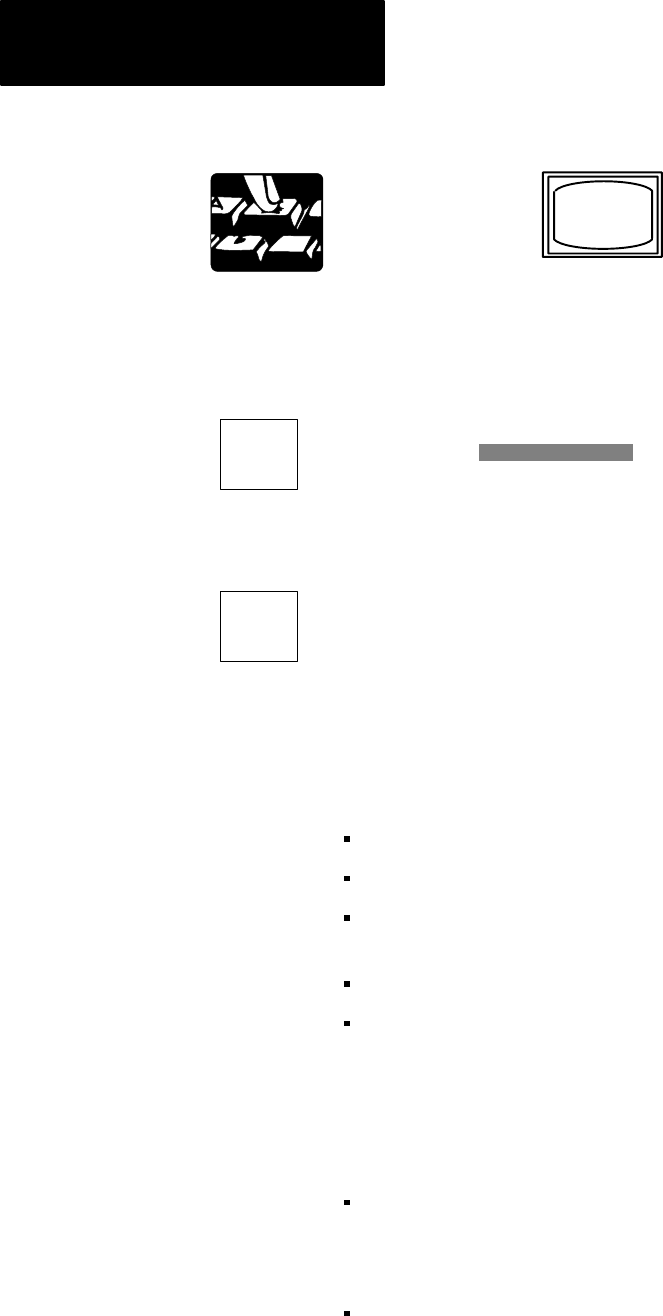User Manual Owner's manual
Table Of Contents
- 1772-6.5.8, Mini-PLC-2/02, -2/16, -2/17 Processor, User Manual
- Important User Information
- Summary of Changes
- Table of Contents
- 1 - Using This Manual
- 2 - Fundamentals of a Programmable Controller
- 3 - Hardware Features
- 4 - Installing Your Programmable Controller
- 5 - Starting Your Processor
- 6 - Maintaining and Troubleshooting Your Processor
- 7 - Memory Organization
- 8 - Scan Theory
- 9 - Relay-Like Instructions
- 10 - Program Control Instructions
- 11 - Timers and Counters
- 12 - Data Manipulation and Compare Instructions
- 13 - Three-Digit Math Instructions
- 14 - EAF Math Instructions
- 15 - EAF Log, Trig, and FIFO Instructions
- 16 - EAF Process Control Instructions
- 17 - Jump Instructions and Subroutines
- 18 - Block Transfer
- 19 - Data Transfer Instructions
- 20 - Bit Shift Registers
- 21 - Sequencers
- 22 - Selectable Timer Interrupts
- 23 - Report Generation
- 24 - Program Editing
- 25 - Programming Techniques
- 26 - Program Troubleshooting
- A - Specifications
- B - Processor Comparison Chart
- C - Number Systems
- D - Glossary
- E - Quick Reference
- Index
- Back Cover

Sequencers
Chapter 21
21-20
To display your rung.
BINARY DATA MONITOR
SEQUENCER OUTPUT
COUNTER ADDR: 200
STEP: 001 SEQUENCER LENGTH: 006
FILE: 600- 613
OUTPUT ADDR: 012
013
DATA:
00000000 00000000
00000000 00000000
MASK ADDR: 075
076
00000000 00000000
STEP WORD 1
WORD 2
00000000
00000000
00000000 00000000
00000000 00000000
00000000 00000000
00000000 00000000
00000000 00000000
00000000 00001010
00000000 00001010
00001000 01000001
00100000 00010010
00000000 00100010
00000010 00001010
001
002
003
004
005
006
DAT
A: 00101010 10101010
DAT
A: 00101010 10101010
INSERT
CANCEL
COMMAND
The Sequencer Load instruction places data into the sequencer file you
established in the data table for this instruction. Here are some
characteristics of the sequencer load instruction.
This instruction is programmed as an output instruction.
You cannot mask any unused bits.
The counter is internally indexed by the instruction (external counter is
not required).
This instruction requires 4-7 words of the user program memory.
A false-to-true rung transition enables the instruction.
When the rung becomes:
True The instruction increments to the next step and loads the data.
False No action is taken.
Use this instruction for:
Machine diagnostics – If the actual sequence of an operation becomes
mismatched with the desired sequence of operation as contained in the
sequencer input instruction, a fault signal can be enabled by the
user program.
Teach sequential operation – The I/O conditions representing the desired
operation can be loaded into the sequencer input tables as the machine is
manually stepped through the control cycle.
Sequencer Load










